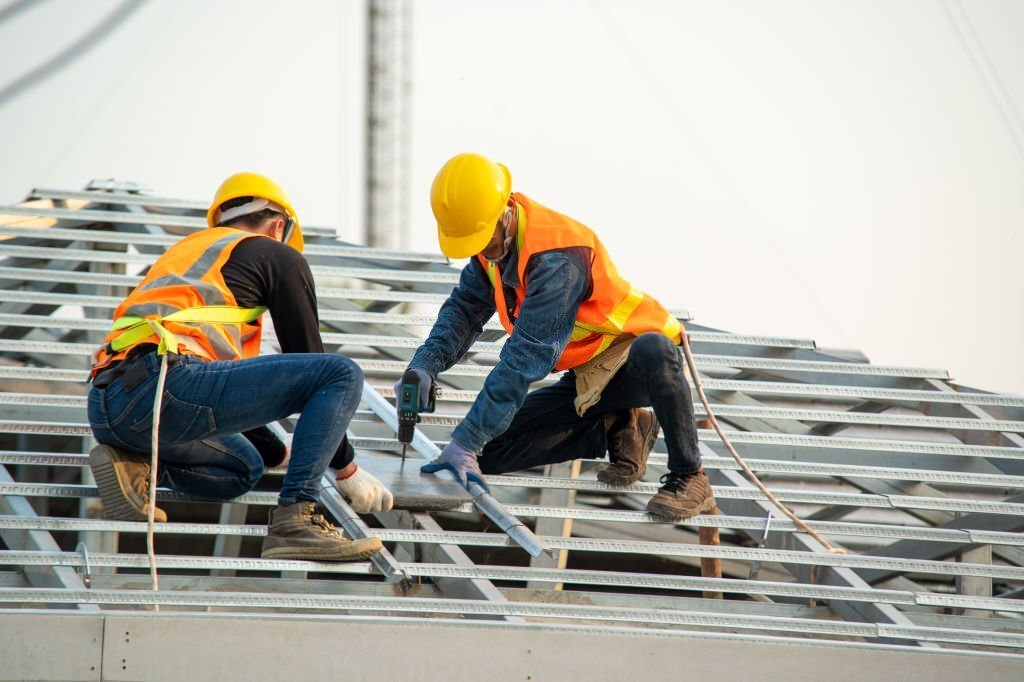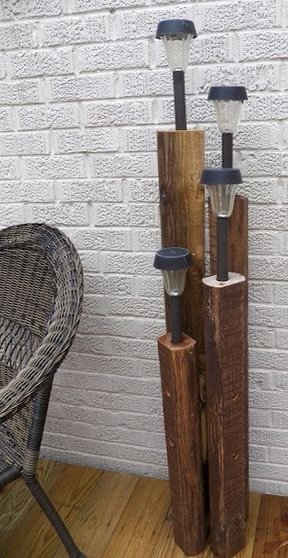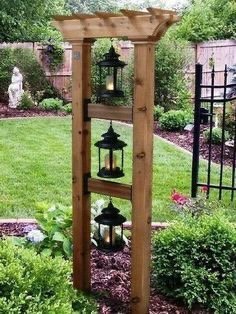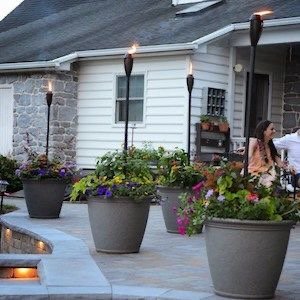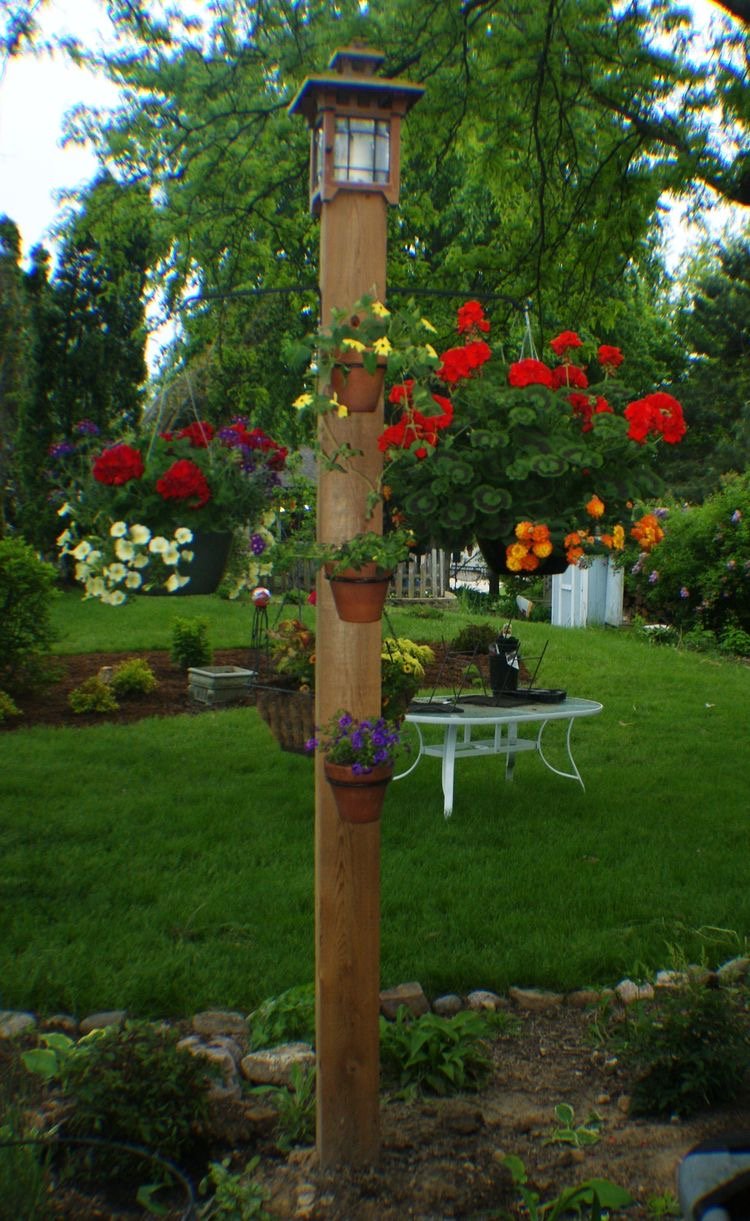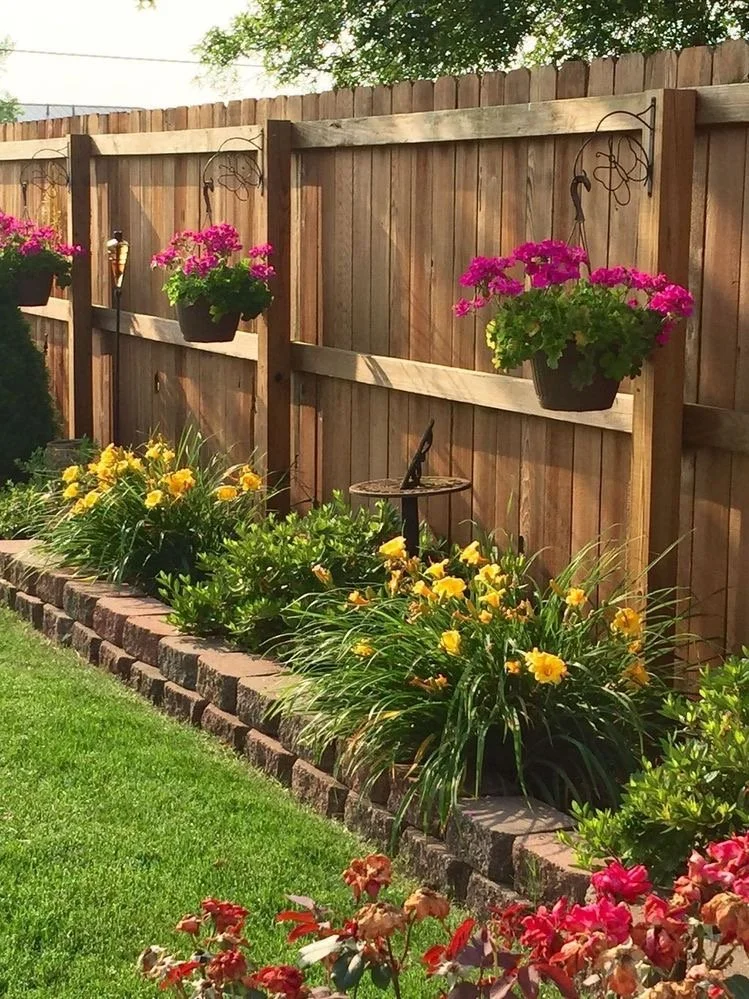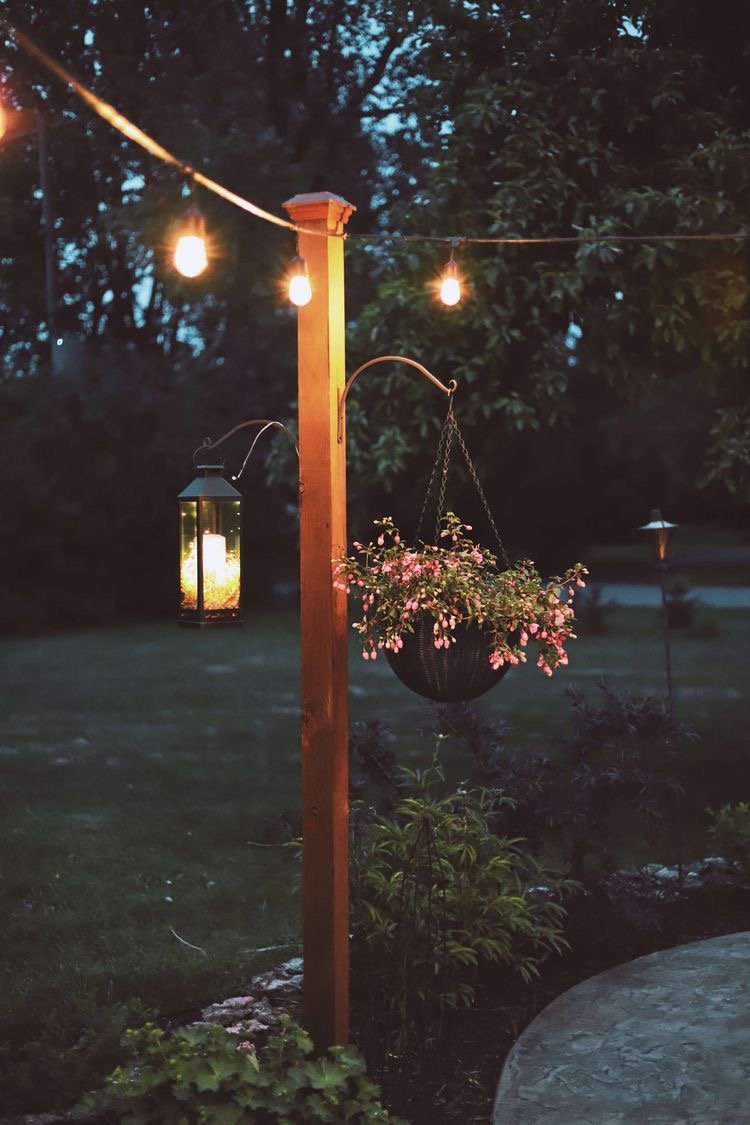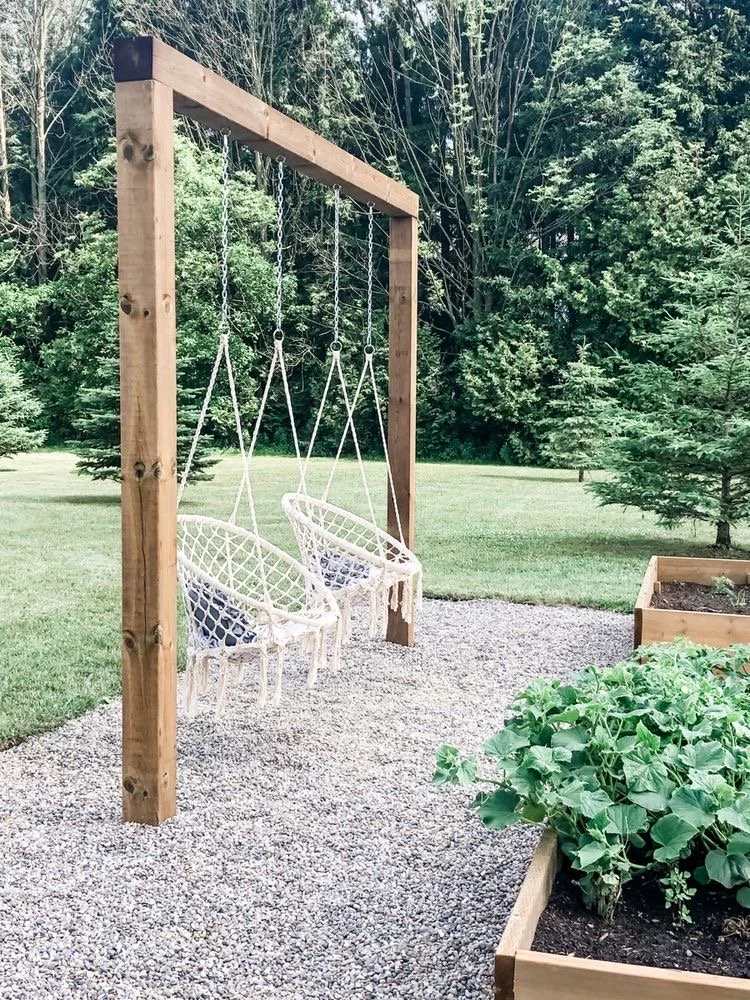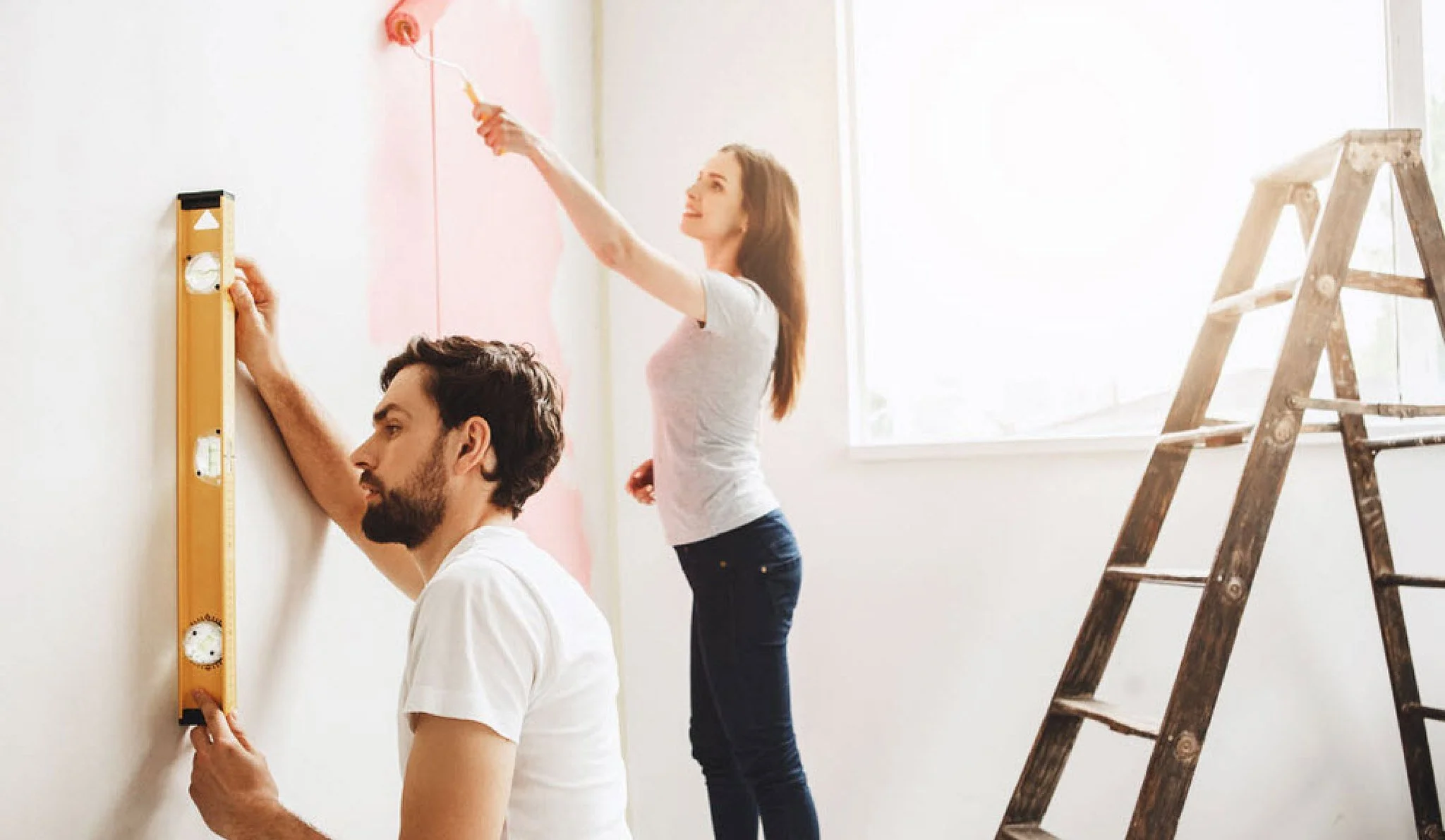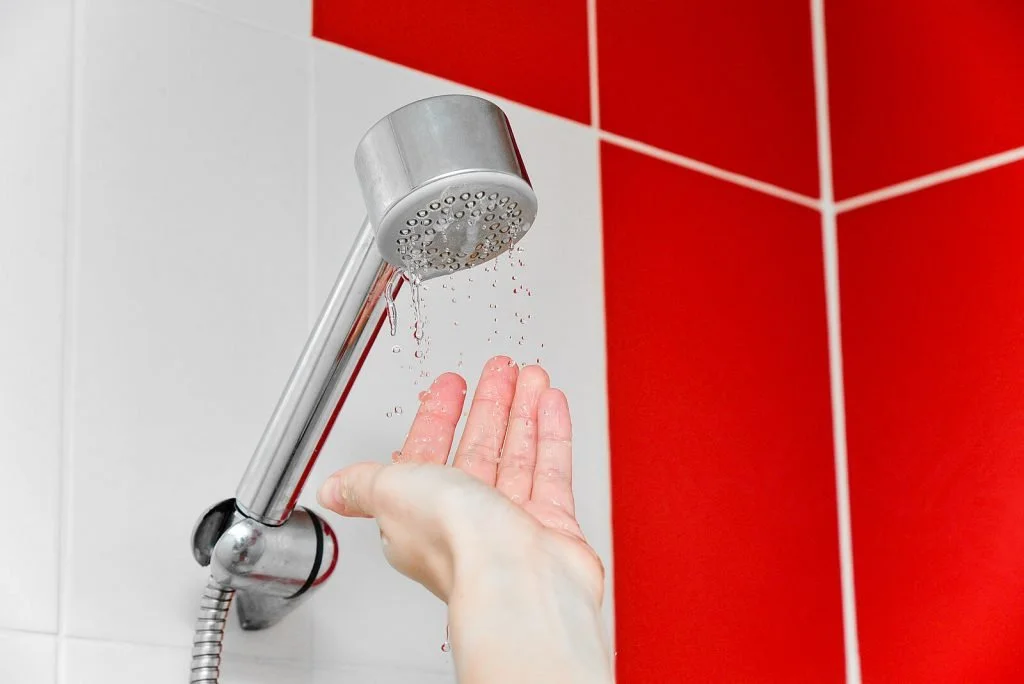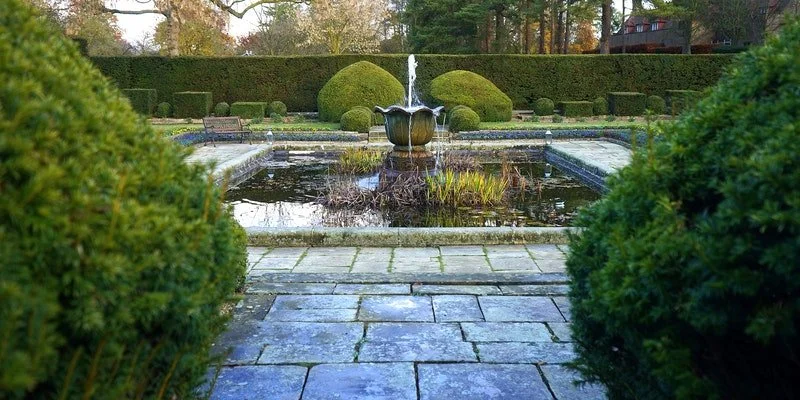When you're planning on replacing your old roof or commercial flat roof repair, there are several important factors to consider. These factors include the location of your building, the building code, the dimensions of the roof, and the physical make-up of the building. The materials and construction of your building are also important considerations. Ultimately, these factors will determine the durability and performance of your roofing system. But what other factors should you consider before flat roof repair in Colorado?
Building Material
The building materials to consider when choosing a commercial roof will depend on the structure of your building, foot traffic, and climatic conditions. Traditional membranes and metal roofing are some of the most common commercial roofing materials. Polyvinyl chloride (PVC) is an excellent choice for commercial roofing, but it is more expensive than other options.
If your business is in an area with hot temperatures, consider a breathable, watertight, and flexible material. Consider a metal or reflective system if your business is in a place with high wind speeds or snowfall. If you're building in a humid climate, you should consider a flexible material, such as EPDM. EPDM, or ethylene propylene diene monomer, is a synthetic rubber that is relatively cheap and easy to apply. The downside to this type of roof is that it will last between 10 to 15 years, so be sure to plan ahead.
Installation & Maintenance Costs
The cost of commercial flat roof repair, replacement, or maintenance varies from building to building and is affected by a number of factors. Because commercial buildings are often larger and lower-sloped than residential homes, the need for a roof differs. Choosing the right material can influence the overall costs.
Before you purchase a new roof, make sure to take a moment to weigh the costs and benefits of different materials. Metals, waterproofing, and other components are common choices. While some may cost less upfront, others can last for decades, and some may even pay for themselves in energy savings.
Consider the longevity of your roof and how easily it can be maintained, and keep in mind that you don't have to replace the roof every few years. Several factors can affect the cost of a membrane roof, including the ease of installation and the accessibility of the roof. If access is an issue, the installation can take longer than expected. Also, older buildings may have multiple layers of roofing. This makes removing the old roof or commercial roof leak repair more complex and more expensive.
The labor to install a new roof can vary significantly depending on the materials and complexity of the project. For example, asphalt and tile shingles are less expensive to install than metal roofing sheets. Then again, the materials used in pitched roofs will be more costly than those used in a commercial flat roof repair. It may be cheaper to install a flat roof than a pitched one, but a complex design will likely cost more in the long run. A flat roof is also easier to maintain and will cost less than a complex gable or hip roof.
Your Future Plans & Needs
You must choose the roofing system of a commercial building with future plans in mind. For example, the material of your commercial roof depends on your company's needs, future goals, and customer expectations. Some materials, like mastic asphalt, can last up to 50 years, while others have shorter lifespans. A commercial roof repair companyshould meet these needs while being cost-effective.
Environmental Impact
While all construction has an ecological cost, the environmental impact of your commercial roof is particularly important when you choose a new roofing solution. For example, when considering the cost of removing and replacing the roof, the environmental impact of a new roof replacement is significant. Therefore, it's important to consider the environmental impact of your commercial roofs before making a decision.
An uncoated black roof will absorb approximately 70 percent of solar energy, whereas a reflective roof will reduce this to just twenty or thirty percent. Without a reflective coating, the surface temperature will rise by 15 to twenty degrees higher than the ambient temperature. The same uncoated roof can cause a temperature increase of sixty to one hundred degrees. This is one of the main reasons why reflective roofing is an excellent choice for commercial buildings.
Eco-friendly roofs will minimize waste by reducing the material used in their manufacture. Most roofs are not energy-efficient, require large amounts of energy to manufacture, and are oil-dependent. They also cannot be recycled and typically end up in landfills. As a result, a commercial flat roof repair can contribute as much as 5.5 million tons of waste annually.
A green roof is an excellent way to reduce air pollution and greenhouse gas emissions. Vegetation can filter pollutants and reduce greenhouse gas emissions through carbon sequestration. Green roofs also help lower indoor comfort and reduce heat stress associated with heatwaves. By minimizing heat transfer, green roofs can also reduce the use of electricity.
A green roof can reduce the amount of energy a commercial building consumes during peak usage periods. In addition, a cool roof can reduce cooling costs in summer. This is an excellent benefit for both the environment and the business. Further, the added benefits of green roofs can lead to more sustainable buildings and a healthier planet.
The benefits of environmentally-friendly roofing are clear. While a green roof is more expensive than a conventional one, the energy savings associated with the material can quickly offset the additional cost. When selecting a new roof, it's essential to consider how the material and its installation affect the environment.
Roofing Contractors
Many factors need to be considered in choosing a commercial roofing system, including building code requirements, location, and design. Other factors include the physical make-up of the building, materials used, and construction. A flat roof repair company should also consider the direction and shade provided by surrounding trees.
There are also warranties that need to be considered, such as the amount of time a project will take. Roofing contractors should also have insurance coverage in the event of a lawsuit. It's important to plan for inflation and possible labor and material shortages and be sure to include financing costs. If you are unsure about how much money you can spend, get a quote from several companies to get an idea of the cost.
Key Takeaways
When choosing a commercial roofing system, consider the existing roof structure and material as your current roof will dictate the type of material to use. Also, consider your building's lifespan and future plans. Factors that affect roof longevity include climatic conditions and foot traffic, and while some roofing systems are more environmentally friendly than others, there are advantages and disadvantages to each.
Before choosing a new roof, you should take building code regulations and dimensions into account. Additionally, factors such as the number of trees on the property can affect the performance of your roofing system. Other important factors to consider when selecting a commercial roof include the physical make-up of the building and the materials used to construct the building. You should weigh a flat roof repair company's recommendation heavily.
AUTHOR BIO
John Dillard works as a Marketing Manager for JeffCo & Beyond, a commercial roof repair company in Colorado that specializes in flat roof repair options and roof coatings. He also offers no-obligation roof damage assessment and estimates for commercial roof repair costs in Winter Park.



